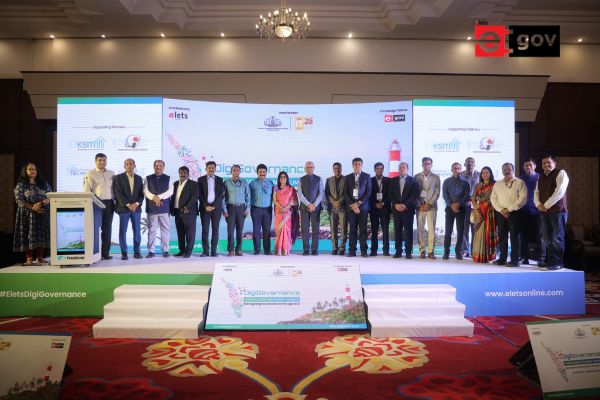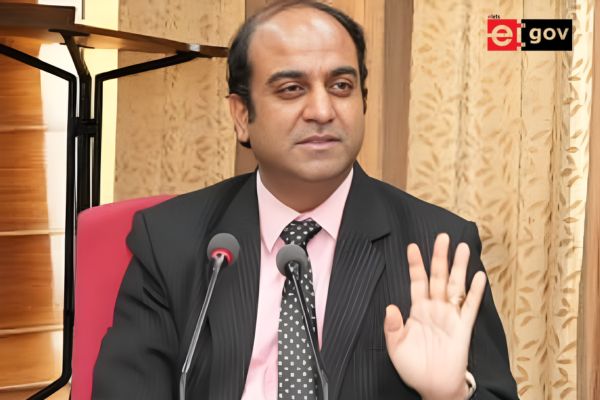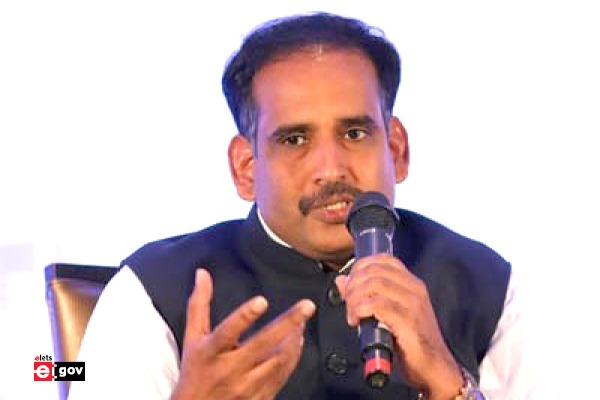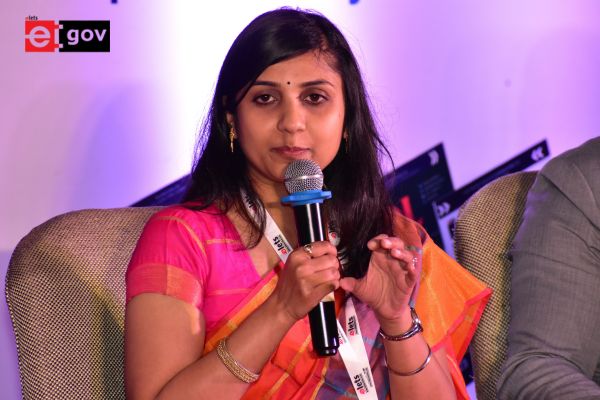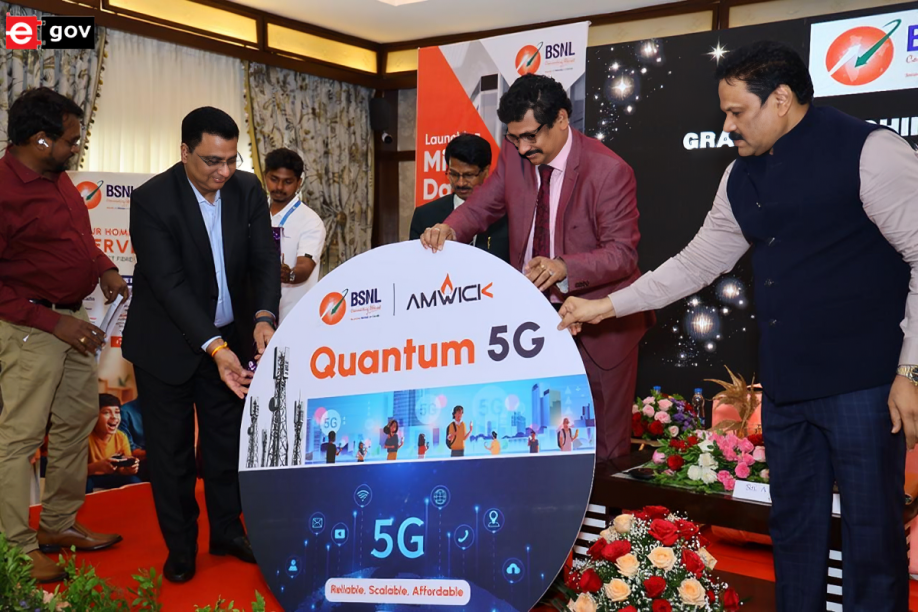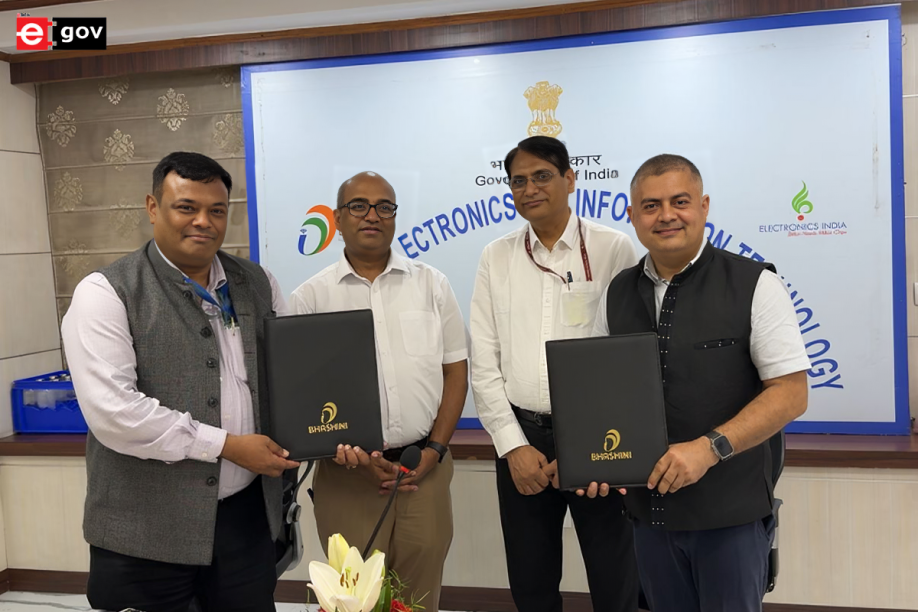
Finance Minister Nirmala Sitharaman, on February 1, unveiled a significant increase in budgetary allocations for the semiconductor and mobile manufacturing sectors. The budget for semiconductors has witnessed an 83% surge, reaching ₹7,000 crore, while the Production-Linked Incentive (PLI) scheme for mobile phones has been raised by 55% to ₹9,000 crore.
There has been a sharp rise in allocations over the years. However, the semiconductor allocation for FY25 was revised downward from ₹6,903 crore to ₹3,816 crore due to lower revised estimates for compound semiconductors, Advanced Technology Manufacturing Processes (ATMP), and Outsourced Semiconductor Assembly and Test (OSAT), which dropped from ₹4,203 crore to ₹2,500 crore. For FY26, the budget has earmarked ₹3,900 crore for these areas.

Similarly, the allocation for semiconductor fabs saw a downward revision in FY25 from ₹1,500 crore to ₹1,200 crore but has been increased to ₹2,500 crore for FY26, reinforcing the government’s long-term commitment to semiconductor manufacturing.

Smartphone Sector Leads PLI Expansion

The smartphone industry has emerged as a major growth driver under the PLI scheme. The allocation for electronics manufacturing has surged to ₹8,885 crore, reflecting a 55% rise from the revised estimate of ₹5,747 crore in FY25. This increase highlights the government’s efforts to strengthen India’s position as a global electronics hub.

Customs Duty Adjustments to Boost ‘Make in India’
The government has introduced key changes in customs duties to promote domestic electronics manufacturing:
- Increase in duty on interactive flat panel displays: Raised from 10% to 20% to encourage local production.
- Reduction in duty on open cells and other components: Cut to 5% to make domestic production more competitive.
- Exemption of customs duty on open cells for LCD and LED televisions: A move aimed at reducing manufacturing costs and increasing competitiveness.
Deepthi Alexander, Partner, Indirect Tax, BDO India, said, “The reduction in customs duty slab rates would lead to a decrease in classification-related disputes and enhance the ease of doing business for importers. The removal of the Social Welfare Surcharge on imported goods is expected to lower import costs and encourage domestic manufacturing across sectors.”
Tax Reforms to Encourage Electronics Manufacturing
To further accelerate India’s electronics sector, Sitharaman proposed:
- A presumptive taxation regime for non-residents providing services to companies setting up or operating electronics manufacturing units.
- A safe harbour provision to ensure tax certainty for non-residents storing components for supply to designated electronics manufacturers.
Also Read | Budget 2025-26: Tax Exemptions to Boost Lithium Battery Production and Clean Tech Manufacturing
India’s Electronics Vision: $500 Billion by FY30
With an ambitious target of $500 billion by FY30, the government is aggressively pushing forward three key initiatives to position India as a global electronics manufacturing powerhouse:
- Semiconductor Programme
- PLI Schemes for Electronics and IT Hardware
- Strategic Policy Interventions
These budgetary measures signal a clear intent to boost India’s self-reliance in electronics, strengthen the semiconductor ecosystem, and enhance global competitiveness in mobile and IT hardware manufacturing.
Be a part of Elets Collaborative Initiatives. Join Us for Upcoming Events and explore business opportunities. Like us on Facebook , connect with us on LinkedIn and follow us on Twitter, Instagram.
"Exciting news! Elets technomedia is now on WhatsApp Channels Subscribe today by clicking the link and stay updated with the latest insights!" Click here!




